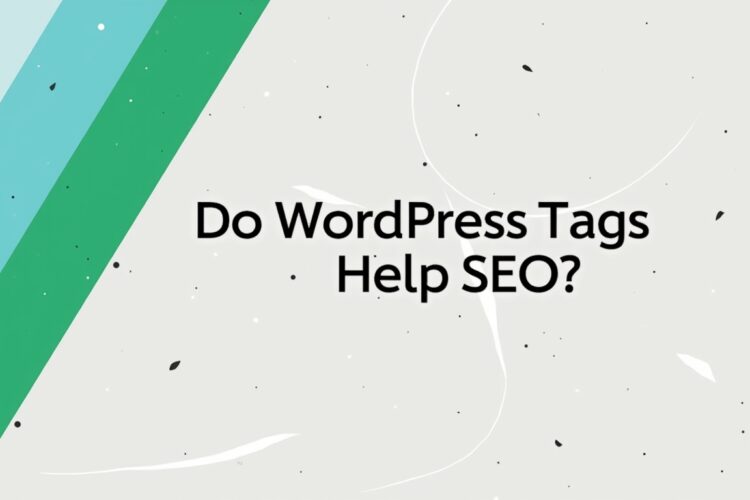When it comes to ranking your website on search engines like Google, several factors come into play. One of the most important is your site’s spam score. But what exactly is spam score, and how does it impact your website’s ranking?

What is Spam Score?
Spam score is a measurement created by tools like Moz to determine the likelihood that a website could be flagged as spammy by search engines. It’s a scale that ranges from 0 to 100%, where 0% means a very low chance of being marked as spam, and 100% means a very high chance. This score is based on various factors such as:
- Unnatural linking patterns
- Over-optimization of keywords
- Low-quality backlinks
- Poor website design or structure
How Does a High Spam Score Hurt Rankings?
Google and other search engines want to provide users with trustworthy and useful information. If your site has a high spam score, search engines may view it as unreliable or even unsafe. This can lead to:
1. Lower Search Engine Rankings
The higher your spam score, the lower your rankings are likely to be. Search engines, especially Google, place great emphasis on quality and trustworthiness. If your site appears spammy, search engines will push it down in rankings to ensure better-quality content shows up first.
2. Reduced Traffic
Lower rankings mean less visibility. If your site doesn’t appear in the top search results, fewer people will click on it. Over time, this can drastically reduce the amount of organic traffic coming to your site.
3. Potential Penalties
In extreme cases, a high spam score could lead to penalties. Search engines might remove your website from search results entirely or limit its visibility until improvements are made.
4. Damage to Reputation
A spammy website isn’t just bad for search rankings; it’s bad for your reputation too. Visitors may lose trust in your site if it seems unsafe or poorly managed, which can lead to fewer returning visitors and negative word-of-mouth.
Factors that Contribute to High Spam Score
Here are some of the main things that can cause your spam score to rise:
1. Poor Backlink Quality
One of the biggest contributors to a high spam score is having a lot of low-quality backlinks. If your website is being linked to by spammy, irrelevant, or untrustworthy sites, search engines may associate your site with spam.
2. Keyword Stuffing
While keywords are essential for SEO, stuffing them into your content unnaturally can raise your spam score. Keywords should flow naturally within your content and provide value rather than just aiming to rank for a specific term.
3. Thin Content
Content that doesn’t provide real value to users or is very short is considered thin content. This type of content can raise your spam score, as it signals to search engines that your website may not be focused on quality.
4. Over-Optimization
While optimizing your site for search engines is important, overdoing it can hurt you. Too many optimized elements—like keyword stuffing, exact-match anchor text, and excessive internal linking—can raise red flags.
How to Lower Your Spam Score

If your website has a high spam score, don’t panic. There are several steps you can take to lower it and improve your rankings.
1. Build High-Quality Backlinks
Focus on earning links from reputable, high-authority websites. The more quality backlinks you have, the better your website looks to search engines.
2. Improve Content Quality
Make sure your content is valuable, informative, and easy to read. Focus on creating helpful content that answers users’ questions and solves their problems.
3. Avoid Over-Optimization
While it’s important to include keywords, make sure they fit naturally into your content. Avoid stuffing your site with exact-match anchor texts and other over-optimized elements.
4. Regularly Audit Your Website
Perform regular audits on your site to identify any potential issues, such as broken links, poor user experience, or security vulnerabilities. Fixing these issues can lower your spam score.
5. Remove or Disavow Bad Links
Use tools like Google Search Console to find and disavow harmful or irrelevant backlinks that could be raising your spam score.
Final Thoughts
A high spam score can be a big problem for your website’s rankings. It can lead to lower search engine visibility, reduced traffic, and even penalties from search engines. The good news is that by focusing on high-quality content, earning reputable backlinks, and avoiding over-optimization, you can lower your spam score and improve your rankings. Regular site audits and careful monitoring will ensure that your website stays in good standing with search engines.
FAQs
1. What is a good spam score for a website?
A good spam score is between 0% and 4%. Anything above 10% could be considered risky and may require attention.
2. Can a high spam score result in a Google penalty?
Yes, if your site has a high spam score, it could lead to penalties such as removal from search results or lower rankings.
3. How can I check my website’s spam score?
You can check your website’s spam score using tools like Moz’s Link Explorer or other SEO tools that offer spam score analysis.
4. Will improving content quality help reduce my spam score?
Yes, improving the quality of your content is one of the best ways to reduce your spam score and boost your site’s reputation.
5. How often should I audit my website for spam score?
It’s a good idea to audit your website for spam score every few months to ensure that no harmful backlinks or other issues are affecting your rankings.





